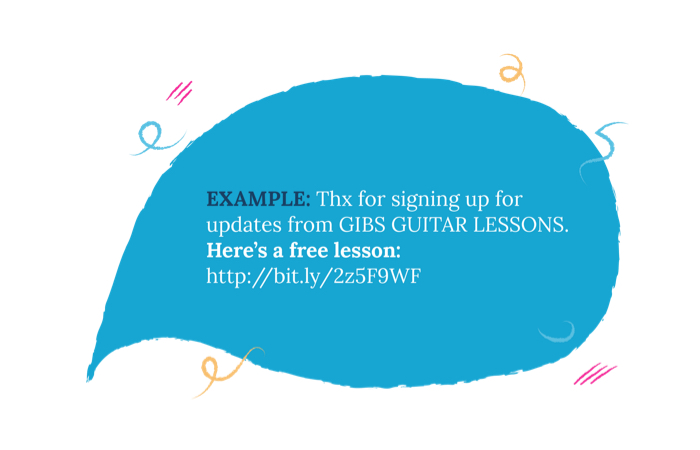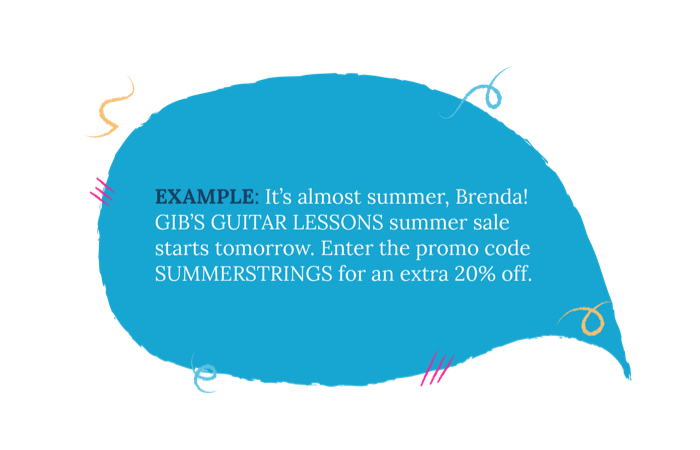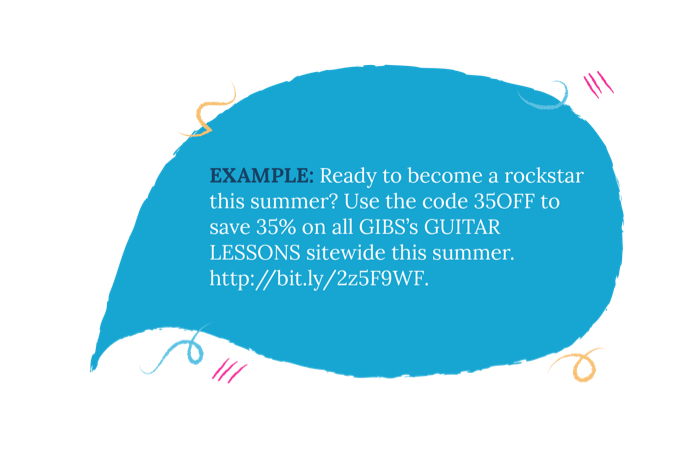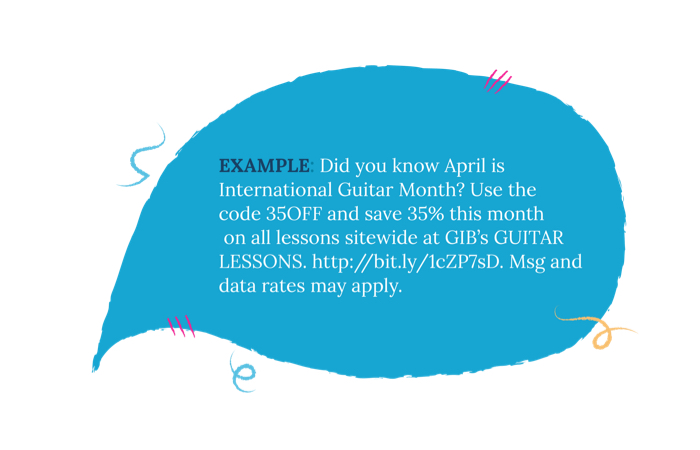Did you know that 95% of text messages are read within three minutes of receipt, and 98% of SMS messages, in general, are read compared to 22.1% of emails? The engagement rates of all other cross-platform mediums combined don’t even come close. They’re not even in the same ballpark.
Text message marketing isn’t about just sending off a generic marketing message — there are a number of creative ways brands use texts, such as by offering coupons and promotions, providing customer service or important updates, and sending appointment reminders.
After Ontraport Client and Spirepoint Real Estate President Paul Blacquiere incorporated SMS into his marketing strategy for his webinars, he not only got a 10% higher attendance rate, but he also found it opened up communication opportunities. “I got people who were texting me as if they were texting a friend saying, ‘Hey I’m running late,’” he noted. “I also found there were people after the webinar saying, ‘Is there a replay?’”
Paul isn’t the only marketer who has found success with this highly-engaging platform but, due to the intimate nature of SMS marketing, it’s easy to cross into unwelcome territory with customers or leads when you reach them on their personal phones. Here’s how to break into text message marketing without overstepping those boundaries.
1. Keep it brief
Brevity is your new best friend. Your standard SMS text message tops out at 160 characters; make that character limit count in the space allotted. Keep your outbound messages short and succinct, and make your purpose/motive clear. Leads and customers are easily turned off by wordy or ambiguous messages.
As with any marketing medium, you’re not going to get far without linking to your sales page. Here’s the problem: raw links in texts are unsightly. To remedy such a blemish on your message, use URL shorteners like Goo.gl or Bit.ly to save space when you must include a link. Shorteners compress long, convoluted URL links into sharp, functional snippets that don’t offend the eye.
Now, you may think: Why not tighten up my message with some shorthand texting lingo? While doing so does shorten your message, it can have a negative impact on your reputation. Use shorthand lingo sparingly and only when appropriate. As a business, you have an image of professionalism to maintain. Odds are, unless it totally screams your brand, not everyone you’re marketing to “gets” or tolerates your WTFs, LMAOs or OMGs. If you must use shorthand, keep it mainstream.
| Do | Don’t |
| Keep it under 160 characters | Send wordy or ambiguous messages |
| Use URL shorteners | Send long, unsightly links |
| Use mainstream shorthand when necessary (OK, THX, etc.) | Use unprofessional texting lingo (WTF, LMAO, etc.) |
2. Make it personal
Have you ever received a text message from an unknown number only to follow up with, “Who is this?” You may even be conditioned to ignore texts from unknown numbers entirely. If subscribers can’t identify you by the content of your message alone, you’ve already lost them.
Your subscribers should never have to second guess who’s texting them. Be sure to announce yourself by including your brand name in every outgoing message. Your goal is to build a relationship and establish familiarity. We recommend using a conversational tone when writing, avoiding pretentious words.
If your SMS service offers merge fields/personalized data fields, use them. A personal touch enhances the customer experience, making your business feel like a close friend.
| Do | Don’t |
| Announce your business name in the text | Make your subscribers guess who the text is from |
| Add personalized data fields (e.g., name) | Write a generic, mass-marketing message |
| Use a conversational tone | Use a robotic, stiff tone |
3. Include a clear call to action
Every message goes out with an intention. In SMS, this translates into a line of text prompting a subscriber’s next move. Typically, an SMS call to action asks the recipients to use a coupon code for their next purchase, urges them to share something with friends, or even simply reply YES to confirm their attendance at your event. Whatever the purpose, make your CTA the focal point of your message.
Your call to action should be to-the-point and simple. Complex, unclear texts don’t sell products. Similarly, make sure what you’re asking them to do can be completed in as few steps as possible. The more steps you add, the higher the drop-off. If you’re gifting subscribers a coupon code, be clear as to where/how to redeem it. If your goal is to get them to reply to a shortcode, say so.
| Do | Don’t |
| Make the CTA the focal point of your message | Add in too many other irrelevant details about your business |
| Have a clear, concise CTA with as few steps as possible | Have a complex CTA that involves multiple steps |
| Provide clarity on exactly how to do what you’re asking them to do | Leave out details they need to complete the desired action |
4. Illuminate the exit door
There’s comfort in spotting an exit door anywhere you go — the more noticeable, the better. Your SMS subscribers will appreciate this. Make it obvious to your text recipients that they have the option to opt out of your SMS campaign at any time. It’s a one-step process. Be sure an opt-out shortcode is visible, in all caps, at the end of your outgoing campaigns every so often.
Some SMS marketing providers include opt-out instructions by default while others require you to enter it at your own discretion.

| Do | Don’t |
| Include an opt-out option | Leave out the opt-out option |
| Make your opt-out option noticeable by putting it in ALL CAPS and at the end | Try to hide your opt-out in the message |
| Make it clear that it’s an opt-out with simple words (e.g., Txt STOP to cancel.) | Use ambiguous words |
5. Tack on a disclaimer
No two mobile phone plans are the same. Some offer free text messaging; some charge a flat rate, while others charge per SMS message. You might think it’s implied; you might assume everyone should already be aware but, for the sake of transparency (and to avoid any backlash), it’s a smart marketing practice to tack on a disclaimer at the end of your outbound text messages reminding recipients that standard rates may apply.
| Do | Don’t |
| Add a disclaimer about standard rates | Assume they know about fees and charges and leave it out |
| Put a disclaimer towards the end of the message | Put the disclaimer in the middle of the message |
| Keep the disclaimer short and clear (e.g., Msg and data rates may apply.) | Add too much text to the disclaimer, digging into your character count |
Have you adopted SMS into your marketing? Share your strategies with us and our readers below in the comments.
